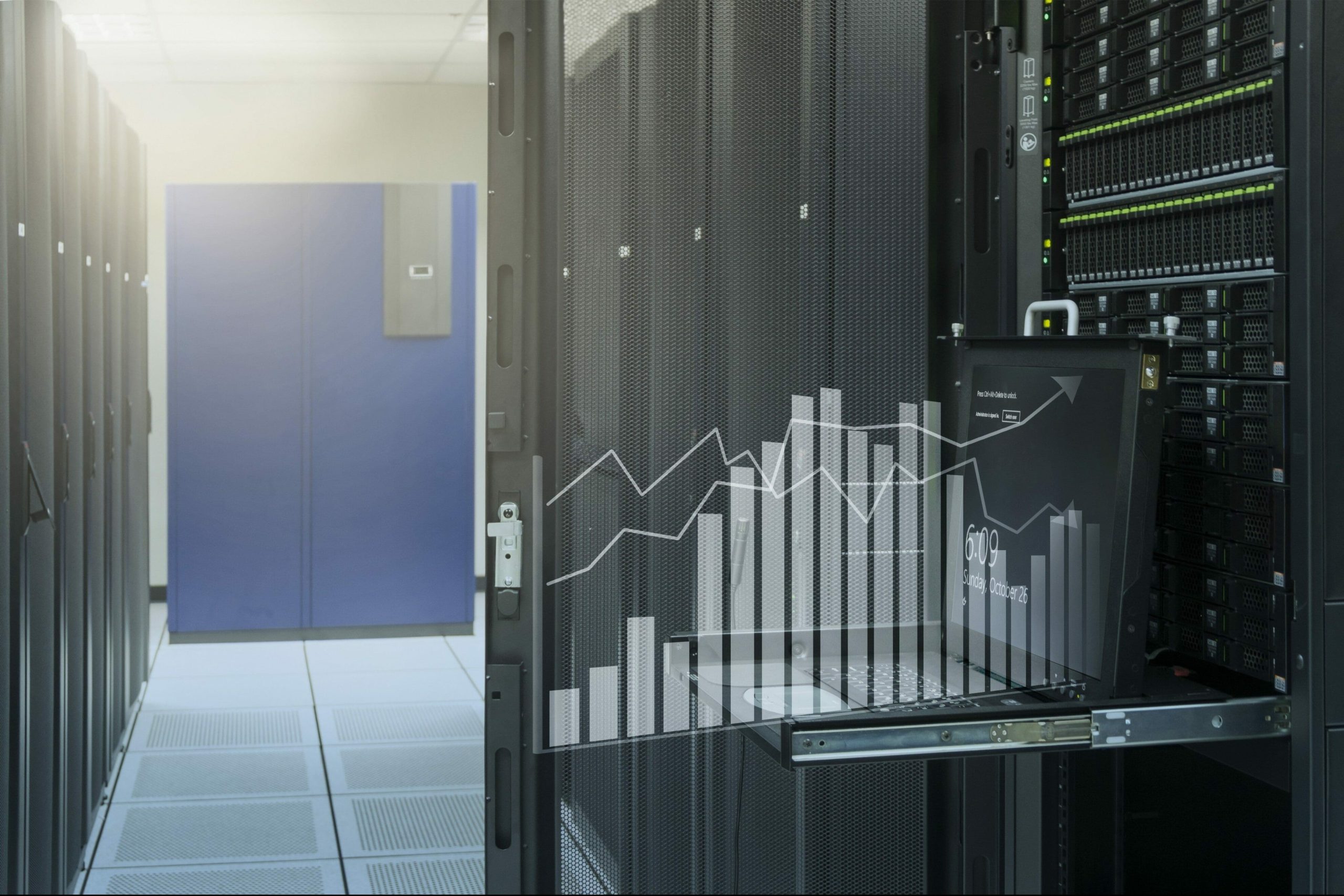Why Monitoring Your Airflow is Essential to Reducing Costs17 min read

Old habits die hard. And when it comes to data center cooling, the old way of doing things still lingers on today. Unfortunately, this dated approach to computer room cooling is actually limiting cooling infrastructure efficiency. In essence, the old ways are guiding people in the wrong direction and creating confusion. For example, rooms used to be monitored for their “ambient room temperature” and today, many people still may refer to the “temperature of the room.” However, these terms have pretty much lost all relevance with the implementation of hot and cold aisle configuration and containment. The more efficient the room is, the greater the temperature variations throughout the room will be. With good airflow management (and depending on the delta T through IT equipment) the temperature in the hot aisle will actually be 20-40 degrees hotter than the cold aisle.
Air Intake Temperatures Matter Most
Understanding IT equipment design and room dynamics such as airflow patterns is crucial to determining and designing where you should place monitoring sensors. In general, the more monitoring the better, but you need to know where to put the temperature sensors and what to do with the resulting data. We’ve seen many people deploy sensors in the hot aisle or open areas of the room when there is very little value in this information. In defining the conditions for computer room operations, ASHRAE TC9.9 clarifies the responsibilities of temperature monitoring. According to ASHRAE, it’s the data center manager’s responsibility to provide the right conditions at the IT intake, not provide particular delta T through IT equipment or through conditions in a hot aisle. That being said, the most important location for temperature sensors is along the vertical plane at the face of IT equipment intakes. The better the airflow management in the room, the fewer the number sensors will be required.
All aspects of computer room cooling management are based off of the conditions at the intakes of IT equipment. For example, cooling unit set points should be as high as possible without intake temperatures to IT equipment exceeding established maximums. Also, the proper number of perforated tiles in a cold aisle can be determined by IT equipment intake temperatures.
Taking the Right Steps to Realize the Benefits
In general, airflow management is implemented to make IT equipment intake temperatures as low and even as possible. This allows for reduced cooling usage, either in the form of a lower cooling unit set point, reduced fan speeds, or turned off units. In order to achieve these goals, there are many steps along the way that need to be taken in order to optimize airflow and thermal management. One thing to keep in mind is optimization is a process, not an event. Checking in at the room level and monitoring the efficiency of the cooling infrastructure as airflow management initiatives are implemented is essential to realizing the benefits. And as always, the benefits of airflow management improvements in general—and specifically to temperature monitoring—include reduced operating costs, improved IT equipment reliability, and increased cooling capacity or density.
Real-time monitoring, data-driven optimization.
Immersive software, innovative sensors and expert thermal services to monitor,
manage, and maximize the power and cooling infrastructure for critical
data center environments.
Real-time monitoring, data-driven optimization.
Immersive software, innovative sensors and expert thermal services to monitor, manage, and maximize the power and cooling infrastructure for critical data center environments.








0 Comments